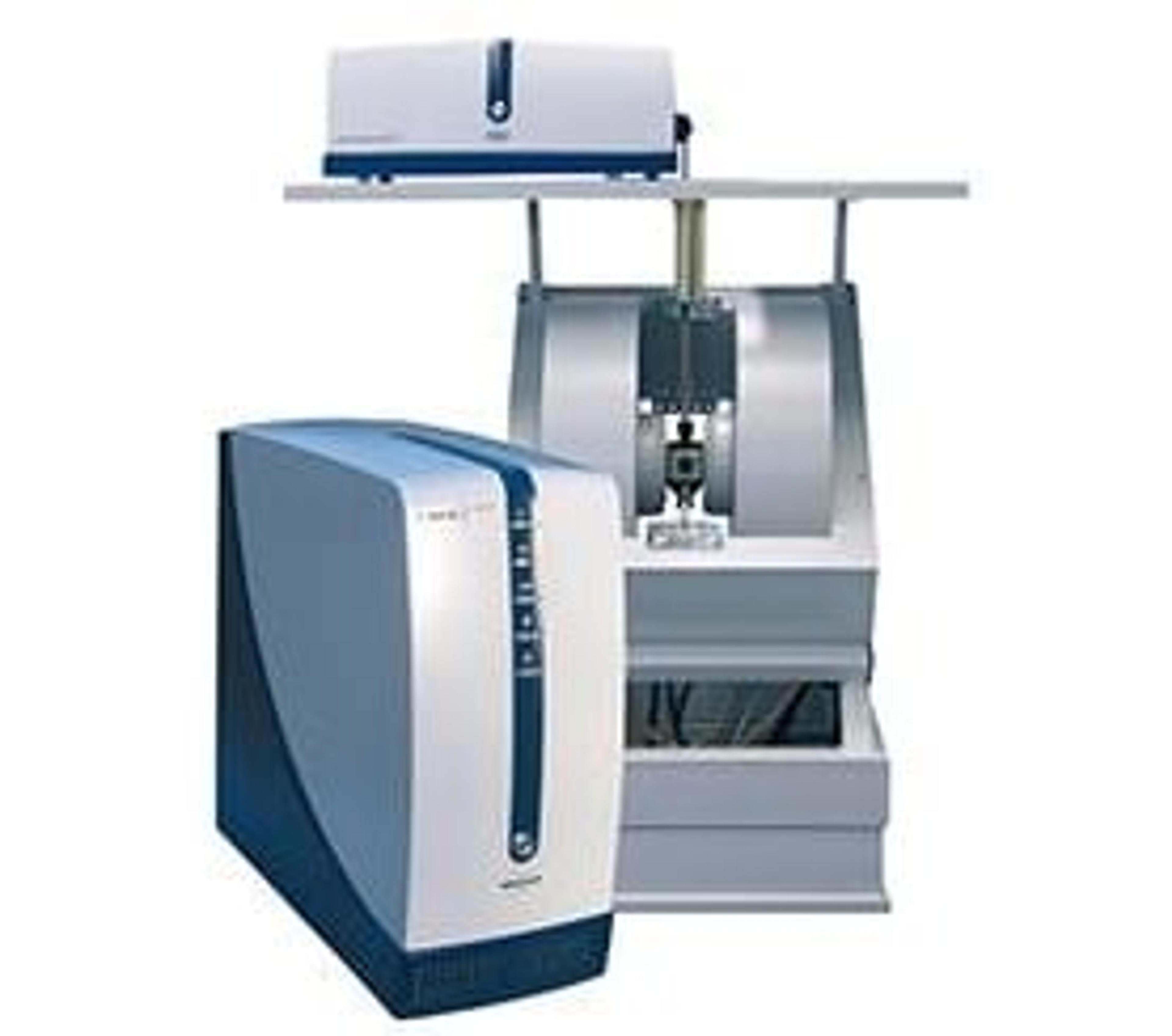EPR Detection of the Superoxide Free Radical with the Nitrone Spin Traps DMPO and BMPO
23 Nov 2018In general, the most direct method for measuring and characterizing free radicals in chemistry, biology and medicine, is detection by EPR spectroscopy. However, due to their high reactivity and short half-lives, direct EPR detection of many free radicals (e.g., superoxide, hydroxyl radical, alkyl radicals, etc.) is virtually impossible in solution at room temperature. Spin trapping is a technique developed in the late 1960s in which a nitrone or nitroso compound reacts with a target free radical to form a stable and identifiable free radical that is detected by EPR spectroscopy. The spin trapping technique involves the addition of the reactive free radical across the double bond of a diamagnetic ‘‘spin trap’’ to form a much more stable free radical (a ‘‘radical adduct’’) which can then be measured with EPR.

